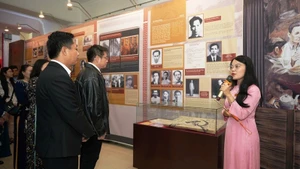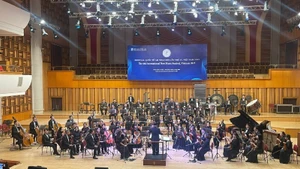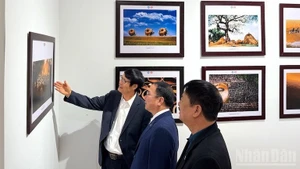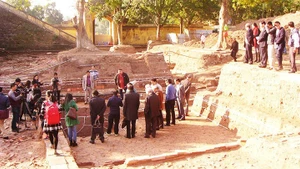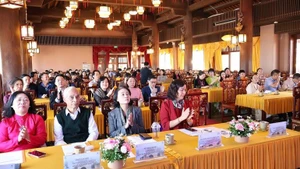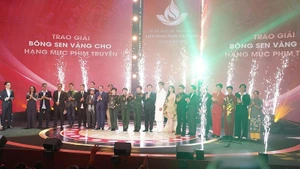The dossiers will be submitted to the Ministry of Culture, Sports and Tourism for consideration and recommendations before seeking UNESCO’s recognition.
The intact urns, placed inside The To Temple in the Hue Imperial Citadel (Dai Noi) for over 200 years, are all cast in bronze. Each one, about two meters tall and weighing up to 2,600 kg, commemorates a king of the Nguyen Dynasty, which ruled Vietnam from 1802 to 1945.
They were recognised as a national treasure in 2012, and considered the most valuable bronze works in Vietnam.
Outstanding symbols of the country’s immortal reign and wealth, the urns were cast in late 1835 and completed in early 1837, under the reign of King Minh Mang.
The urns can also be considered a “geographic encyclopaedia” of Vietnam in the 19th century with 162 carved patterns exquisitely embossed on their surface depicting landscapes and daily activities across the country, including 90 images of typical plants and animals.
Of note, the country’s sea and islands were carved on the three largest and most significant urns. The East Sea is depicted on the “Cao Urn”, the one positioned in the very middle and higher than the others, which is dedicated to King Gia Long, the first king of Nguyen Dynasty. The southern sea appeared on the Nhan Urn, and the western sea on the Chuong Urn.
Alongside various ancient documents, the patterns on the urns serve as a valuable historical source affirming Vietnam’s sovereignty over Hoang Sa (Paracel) and Truong Sa (Spratly) archipelagos.
According to experts, the urns were casted by the best craftsmen at the time. Their moulds were destroyed upon the completion to avoid counterfeits, making them the only one of the kind.

